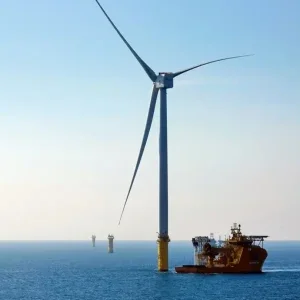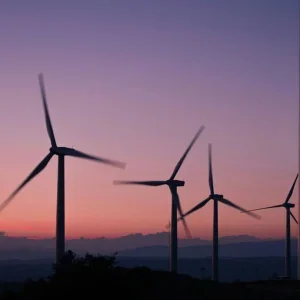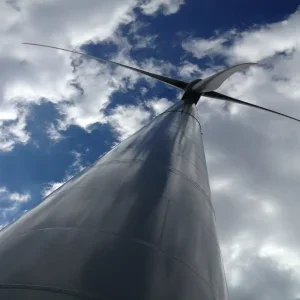Accurate meteorological information can help wind farm operators to plan maintenance and provide warnings for when to shut down turbines for protection. Gamesa services marketing director Christian Jourdain explains the benefits of the MEGA Meteo system.
Tyne, Dogger south-east veering south-west four or five, occasionally six later. Moderate or good, occasionally poor. Rockall, Malin, Hebrides south-west three or four, veering west. Poor, becoming moderate.
This seemingly random string of words means nothing to the untrained ear, but to sailors around the UK, the daily BBC Radio 4 shipping forecast has provided accurate weather forecasts of conditions at sea for decades – and they are crucial to their safety and livelihoods.
Knowing where, when and how strong the wind will be blowing isn’t only a boon to the shipping industry, it is also important to wind farm operators who rely on accurate forecasting to get the most from their assets.
The information is useful for predicting power production. Knowing what the conditions will be can help operators to plan when to shut down turbines to protect them during inclement weather and, when conditions are calm, allow safe maintenance and repair.
Christian Jourdain, services marketing director at Gamesa, explains how the MEGA Meteo system aims to give operators accurate timely meteorological information, to minimise downtime and maximise revenue from their wind farms.
World Wind Technology: Why is effective meteorological forecasting important for wind farm operations?
Christian Jourdain: MEGA is essential to minimise energy losses for customers because of preventives (less than 0.1% of the annual energy production). From this perspective, wind asset owners lose very little revenues when other power plant owners face revenue losses during planned maintenance because assets are not producing. On their side, the OEM will be able to take the optimum decisions, balancing the extra cost of maintenance implied during weekends and nights with the gains for customers.
How does Gamesa’s MEGA Meteo system tally forecasts with power output predictions at wind farms? By what margin can efficiency be improved by its use?
The system is able to predict power output by forecasting the wind on each site. This weather forecast is converted through the wind farm model into power forecasts using a specific wind farm model. This mathematical model is continuously tuned at turbines’ level, taking into account wind data and wind turbines performance. Not using a weather forecast system to maintain turbines is just impossible if owners want to maximise wind farms’ output. It is not a ‘nice to have’ but a must for first-tier wind assets’ servicers.
What role does it play in avoiding damage to wind turbines in inclement weather conditions?
In addition to MEGA system, Gamesa has a meteorological department where professional forecasters look after severe weather conditions and they are able to categorise the risk of each episode. We can optimise the production of the wind farms we operate. We make sure turbines are paused only when extreme winds reach the first turbines and we restart them after those winds have left the wind farm. Doing that at regional level, or just waiting for the turbines to stop automatically, would generate unnecessary energy losses to owners.
And what is the system’s role in scheduling planned maintenance at wind farms?
Although human experience is always required to make optimum decisions, those systems are essential because of the numerous parameters to take into account. For example, Gamesa takes into account energy price forecasts when planning schedule works in Spain.
Does the MEGA Meteo system work in addition to traditional SCADA systems, or does it replace them? If the former, are the two likely to be combined in the future?
The systems are separated, although well integrated. Indeed, MEGA integrates data from SCADA to compare its forecast and the real value to improve the mathematical model used by MEGA, making it more accurate day after day. Additionally, our MEGA takes into account the wind farm availability and scheduled maintenance to improve the energy generation forecast.
How widespread is the implementation of MEGA at Gamesa’s wind farms?
MEGA is used on all the wind farms on which Gamesa performs the maintenance, or if customers ask for it.
How is the system likely to be developed in the future? Will the forecasting period be extended beyond the current 15-hour window?
It is already the case as MEGA is able to predict seven days in advance. In the future, those systems will include energy prices (as MEGA already does) and be more integrated with ERPs and systems to maximise operational cost savings and owners’ revenues.






